Madder (Rubiaceae)
Long-leaved Bluets
Houstonia longifolia Gaertn.This delicate-looking spring perennial plant produces clusters of small tube-shaped flowers that are mainly pollinated by small bees and day-flying moths. There are two different flower forms. Some have long fertile styles with shorter non-fertile stamens, and others have long fertile stamens with shorter non-fertile styles. For pollination to be effective, insects must visit both flower types.
Flower Colour:
- White
Flowering Season:
- Spring
- Summer
- Fall
Flowering Months:
- August
- July
- June
- May
- September
Canadian Rarity Status:
Not rare. Listed as “may be at risk” in Alberta and Quebec.
Physical Appearance:
Plants have several branching, 4-sided stems that grow 9-25 cm tall. A rosette of basal leaves withers before flowers bloom. The stem leaves are opposite and linear to lance-shaped, with smooth edges and one vein. Flowers are arranged in small flat-headed clusters. Each tube-shaped flower has four spreading lobes, a hairy throat, and a green calyx with four teeth. Fruits are capsules that split open at the top to release several small black seeds.
Similar Species:
Pale Comandra, Northern Bedstraw, Sea Milkwort (Glaux maritima L.)
Gardening Notes:
Seeds and/or plants may be available from greenhouses and seed supply companies specializing in native plants. Plants are easy to cultivate and adapt well to rock gardens.
Canadian Distribution:
- Alberta
- Manitoba
- Ontario
- Quebec
- Saskatchewan
Prairie Types:
- Fescue Prairie
- Tall Grass Prairie
Habitats:
- Dunes
- Forests
- Prairies
- Rocky Outcrops
Moisture Conditions:
- Dry
Light Preference:
- Full Sun
- Part Shade
Soil Preference:
- Gravel
- Sand






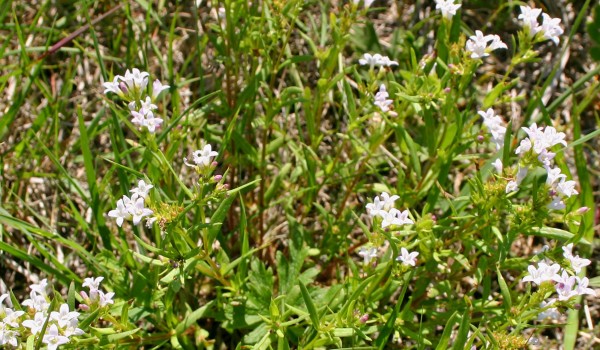
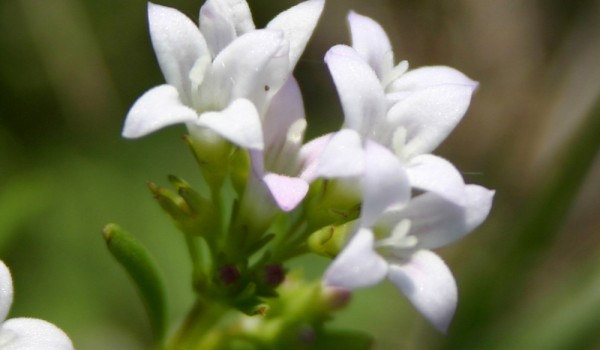
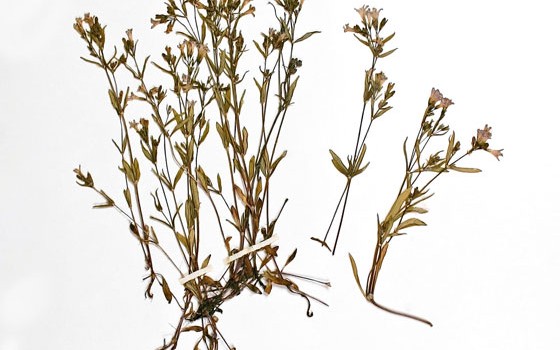
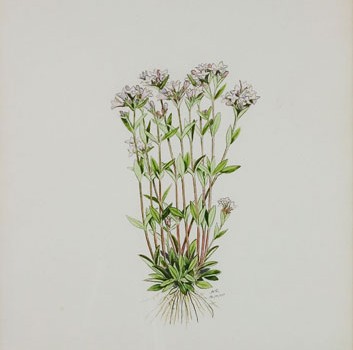
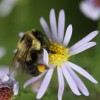 Bumble, Honey, and other Bees (
Bumble, Honey, and other Bees (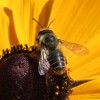 Leafcutter and Mason Bees (
Leafcutter and Mason Bees (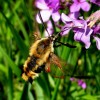 Sphinx and Hawk Moths (
Sphinx and Hawk Moths (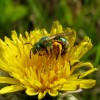 Sweat Bees, Halictid Bees and other Bees (
Sweat Bees, Halictid Bees and other Bees (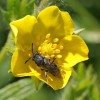 Yellow-faced Bees (
Yellow-faced Bees (